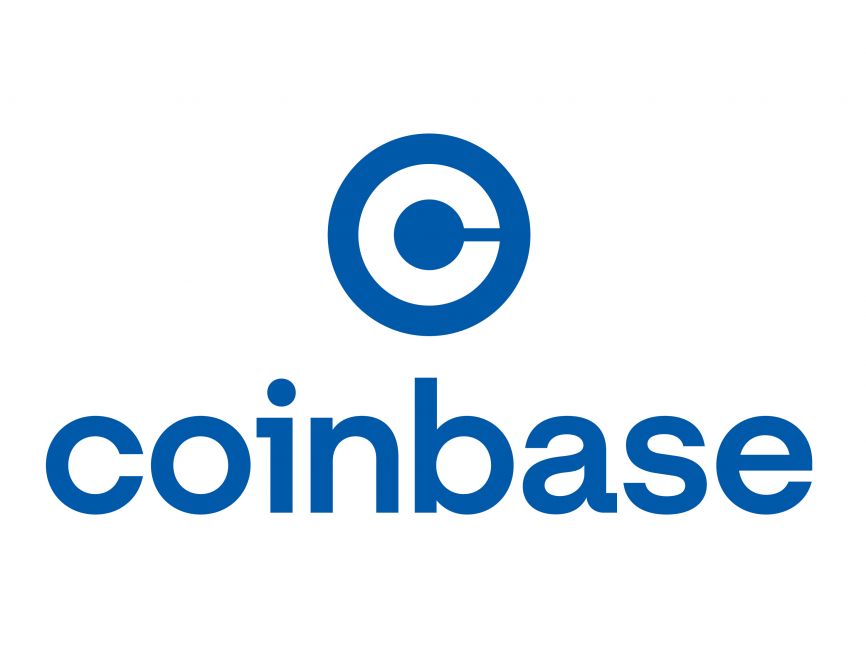- Coinbase stock surged 15% after being added to the S&P 500, marking a major milestone for the crypto industry.
- Analysts say the move could boost institutional investment and inspire other crypto firms to go public.
Coinbase stock skyrocketed nearly 15% on Tuesday after it was revealed the cryptocurrency exchange will join the prestigious S&P 500 index, replacing Discover Financial Services, which is being acquired by Capital One. The change takes effect before markets open on May 19.
This historic development marks a defining moment for the crypto industry, signaling its growing acceptance in mainstream finance. Oppenheimer analysts called it a “watershed moment” that could encourage other crypto firms to pursue public listings and aim for inclusion in benchmark indexes.
Also read: Ripple Rallies: XRP Price Soars on SEC Win, ETF Speculation, and Stablecoin Growth
The stock’s surge propelled Coinbase to a three-month high, adding more than $8 billion to its market capitalization. The momentum is expected to continue as index-tracking funds adjust their portfolios to include Coinbase, driving increased institutional demand.
Institutional interest in crypto has been on the rise, further fueled by recent political developments. Former President Donald Trump’s more favorable stance toward crypto regulation is seen as a tailwind for the sector. In response to the S&P inclusion, Oppenheimer raised its price target for Coinbase to $293, citing long-term investment appeal.
While Coinbase posted a dip in first-quarter profit, analysts remain optimistic. The company has been expanding aggressively, particularly in derivatives and international markets. Last week, Coinbase announced a $2.9 billion deal to acquire Deribit, a leading crypto options exchange. With significant capital still on hand, analysts speculate that additional acquisitions—potentially of platforms like Polymarket—could be on the horizon.
Coinbase’s inclusion in the S&P 500 is more than just a stock market reshuffle—it’s a symbolic leap for the crypto industry. Once dismissed as fringe finance, the sector is now carving out a legitimate space among Wall Street’s elite.




